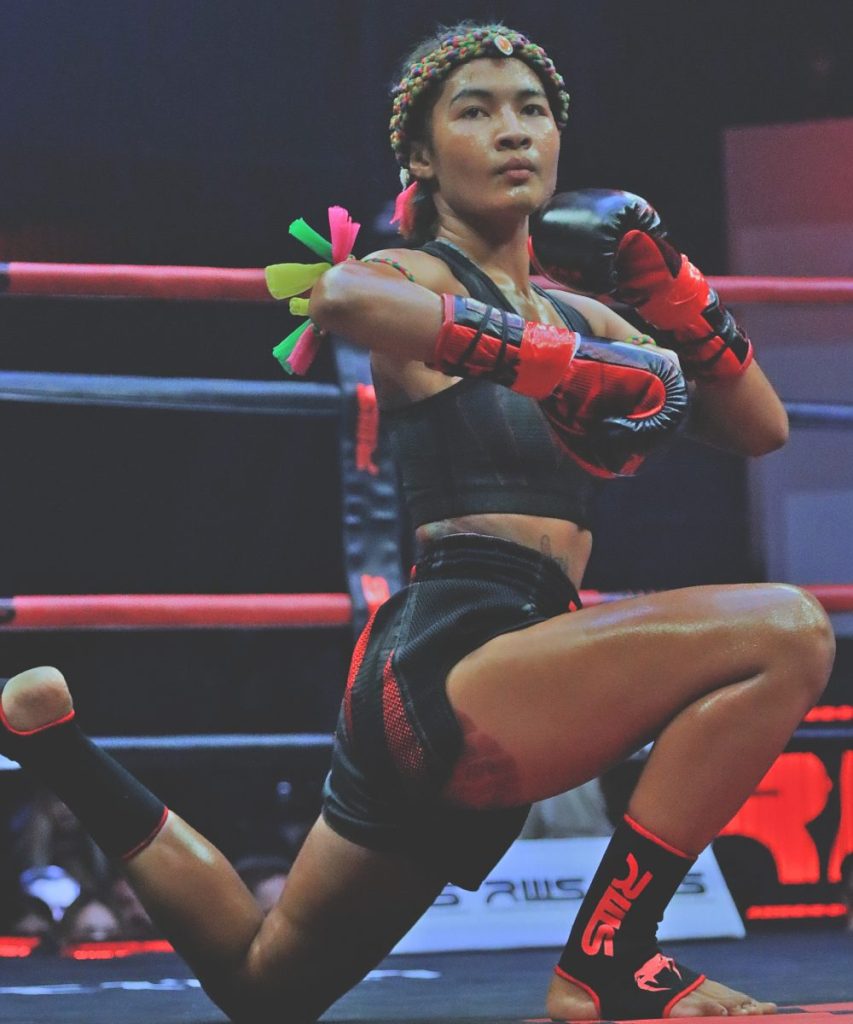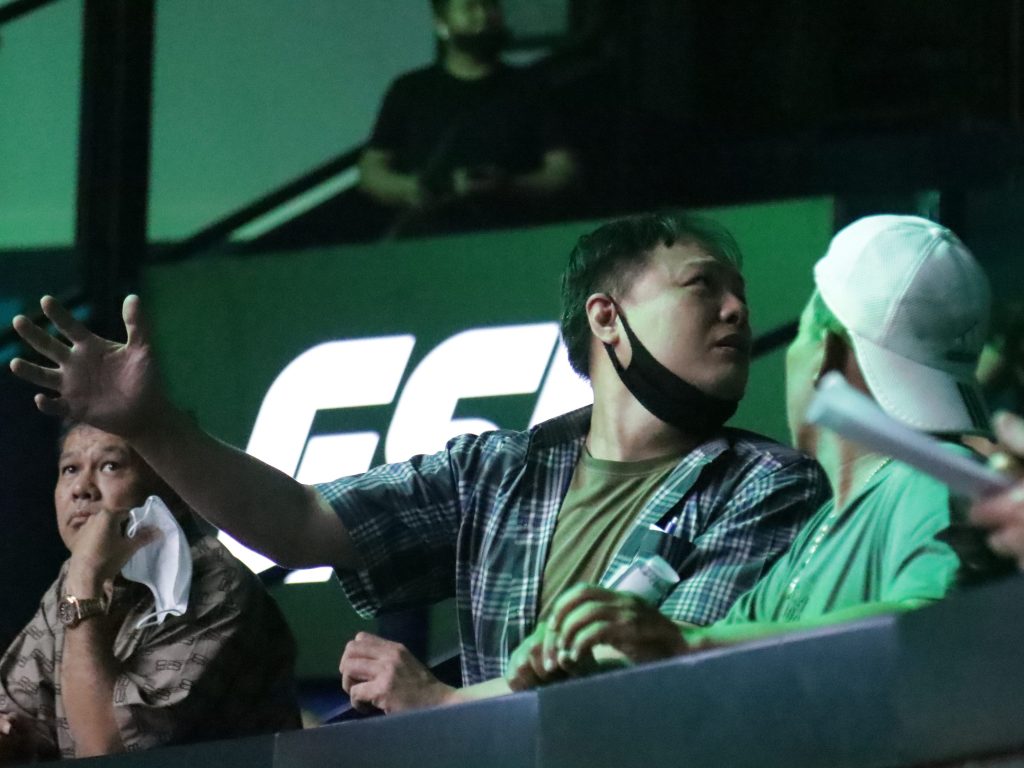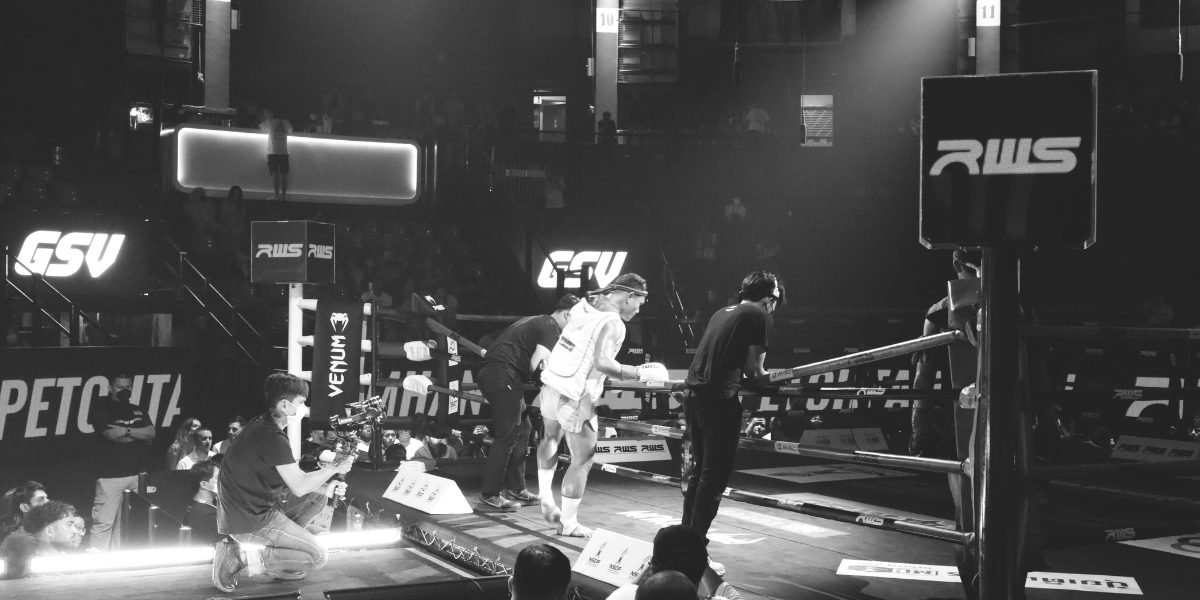Muay Thai is in a state of change. It’s always been that way. But nothing has sped up the sport’s evolution like the COVID-19 pandemic. Prior to 2019, interest in Muay Thai had been steadily declining. Stadiums were struggling to keep existing fans in their venues, new fans were hard to capture, and corruption plagued the sport. Many believed that Muay Thai wouldn’t last another 10 years.
Yet, others still had faith that Muay Thai could return to the pastime it once was in the 1990s – The Golden Era. However, in order for Muay Thai to experience some regrowth, promoters had to make drastic changes. All of this gave way to entertainment Muay Thai. But what is entertainment Muay Thai, and how does it differ from traditional Muay Thai?
Excitement Trumps All With Entertainment Muay Thai
There are many things that separate entertainment Muay Thai from its traditional counterpart, but the most telling difference is its focus on action and knockouts. The format was made famous by the once-popular MAX Muay Thai promotion in Pattaya, Thailand. Recently, though, ONE Championship’s ONE Lumpinee events and other promotions have elevated the concept to even greater heights.
Entertainment Muay Thai consists of three, three-minute rounds (except for some five-round title fights). Instead of the nak muay hanging back at the beginning and end of each fight, they fight from start to finish with equal ferocity. This makes the fights more exciting and increases the chances of a knockout. This, in turn, increases the likelihood that fighters will earn bonus money.
Pay Continues To Rise
Fighter purses are growing thanks to entertainment Muay Thai. In the past, fighters had a fixed amount they’d earn per fight. The amount depended on their rankings, among other things, at the stadiums. Fighters also received monetary tips from gamblers or team members who bet on them to win.
With entertainment Muay Thai, fighters not only earn their purse money, but they can also bag bonuses for exciting fights. Bonuses run up to 1.5 million Thai Baht ($50,000) if fighting on one of ONE Championship’s ONE Fight Night events. If fighting at ONE Lumpinee, fighters can earn up to 350,000 Thai Baht ($10,000). RWS at Rajadamnern Stadium also give out bonuses, usually amounting to 100,000 Thai Baht ($3,500).
Traditions Tailored To A New Generation
Because promoters of entertainment Muay Thai want to make the sport more appealing to both younger Thais and people outside of Thailand, many of the traditions are changing. Let’s look at a few of the most noticeable ones.
Ring Entrance And Exits
With traditional Muay Thai, fighters are shuffled in and out of the ring with little-to-no fanfare. There is no accompanying entrance music, lighting affects, or post-fight victory speeches. It’s as if the fighters aren’t allowed to break the character that nak muay from the past seemed to have embodied – the emotionless stone.
With entertainment Muay Thai, all of this and more exists to make the events feel like a spectacle. You have laser shows, smoke machines, and even fire-spitting canons. Fighters now wear sunglasses and dance their way toward the ring. They celebrate wins by hoisting themselves up on the ring turnbuckle and raising their arms in triumph. They give emotionally charged victory speeches. For once, they have personalities that set themselves apart from each other.
Wai Kru And Ram Muay At Entertainment Muay Thai Events
The wai kru and ram muay – the two traditional dances in Muay Thai accompanied by the sarama music – are sometimes not performed in entertainment Muay Thai. Or, if they are, fighters do it as a group before the event begins instead of in pairs before each respective fight.

Traditional fight music called phleng muay is often missing from entertainment Muay Thai as well. In traditional Muay Thai, a quartet plays a reed instrument called a pi, a cymbal, and two sets of klong khaek drums along with the fight. The tempo of the phleng muay increases as the fight picks up action.
If you’ve ever watched traditional Muay Thai and then watched entertainment Muay Thai without the sarama music, it’s like watching a movie on mute.
Sacred Garb
Another tradition that is changing with entertainment Muay Thai is how the mongkol is put on and removed from the fighters’ heads. Traditionally, the mongkol is placed on a fighter’s head in the back room after a short prayer is said by the coach. Once fighters walk to the ring and complete the wai kru and ram muay, they return to their respective corner where another prayer is said and a significant person in their lives removes the mongkon – be it a father, an uncle, or another male figure.
In entertainment Muay Thai, the mongkol is still placed on the fighter’s head after a prayer in the back room, but it’s removed either before the fighter enters the ring or immediately after entering the ring (if they are not allowed to do the wai kru and ram muay).
One item that has remained the same is the fighters’ prajiads. Fighters wear these armbands around the biceps. They are made from something as simple as medical gauze or as intricate as braided cloth from a piece of a family member’s clothing.
Gambling And Gamblers Take The Back Seat
In traditional Muay Thai, gambling and gamblers have a strong influence on the sport. On one hand, they are extremely knowledgeable and hold the officials and fighters accountable. But, on the other hand, unscrupulous gamblers pay-off officials, convince fighters to take dives, and – on the more extreme end – have even poisoned fighters and hired hit men to assassinate officials. Most of the betting public, however, never stoop to such levels.

However, due to the negative stigma that a few gamblers have brought to the sport, promoters of entertainment Muay Thai don’t want gambling at their events. In fact, Rajadamnern Stadium doesn’t allow gambling at their Saturday events, and Lumpinee Boxing Stadium has banned gambling altogether.
Criticism Of Entertainment Muay Thai
Entertainment Muay Thai is not without its critics. As mentioned, many of the traditions that have made the sport such a beautiful and awe-inspiring part of Muay Thai’s history are fading. Also, because the emphasis is on action and knockouts, many muay femur (technical fighters) and muay khao (knee fighters) fighters have had to adapt their styles to fit the entertainment format. Not all of them can adjust to the new style, though. As a result, some of them get knocked out or find themselves out of a job.



My man! I love the site, no frills, to the point. Just like the good’ol days of Muay Thai
Means a lot, thanks!